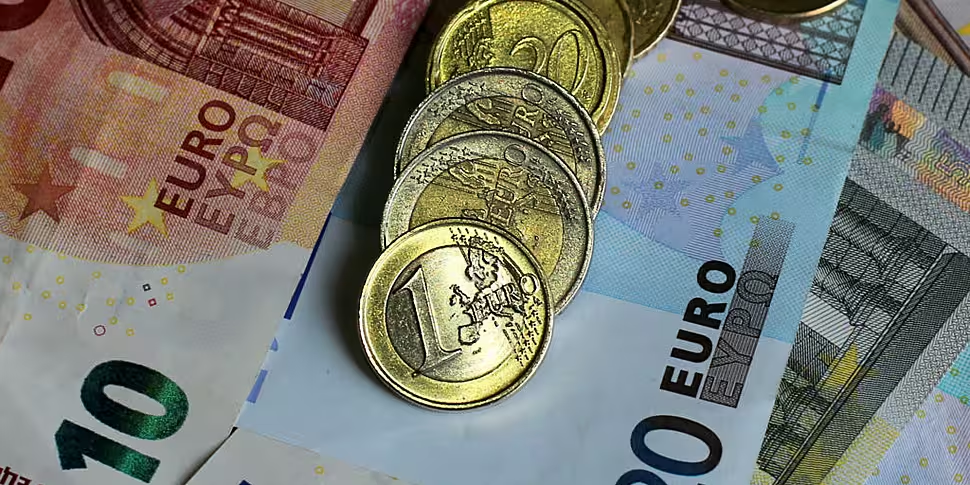An increase in the minimum wage in 2016 reduced inequality between high and low earners.
The rate was raised from €8.65 to €9.15 an hour that year, an increase of around 6%.
A new ESRI study, funded by the Low Pay Commission, shows that increase cut the pay gap by up to 8%.
However, the data also shows that the increase did not have a strong impact on many household incomes.
The ESRI suggests this is a similar finding to other research which indicates minimum wage may be a "blunt tool" for reducing poverty.
Dr Paul Redmond form the ESRI explained: "The minimum wage workers tend to be spread across the income distribution.
"What I mean by that is that some of them are located in low-income households, but also some are located in medium and high-income households.
"The other thing to point out is that most minimum wage workers aren't actually primary earners."
He added: "If the lowest wage earners in the economy [...] think they are stuck there and they perceive this huge gap between them and high-earners... this can have consequences.
"Really high levels of inequality can impact a number of factors in our economy."
The study also indicated that minimum wage changes had knock-on effects on the wages of higher paid workers.
It found there were 'statistically significant' wage impacts for workers earning up to €11.50 per hour.
As of January this year, the minimum wage is set at €9.80.
Employees under the age 18 are entitled to €6.86 per hour or 70% of the minimum wage.









